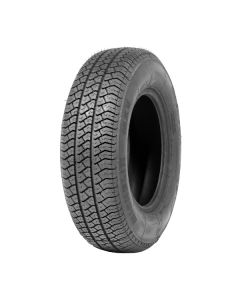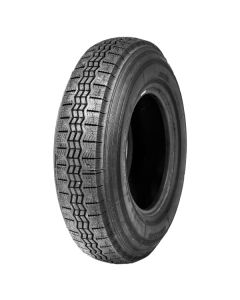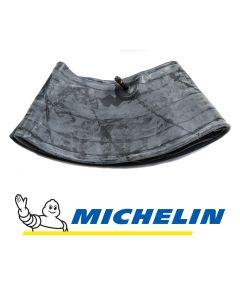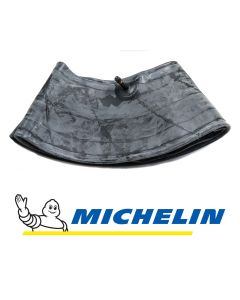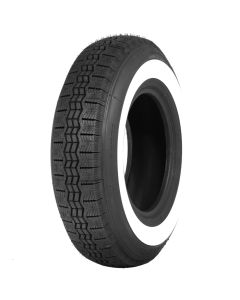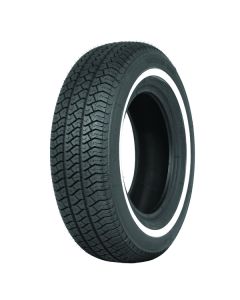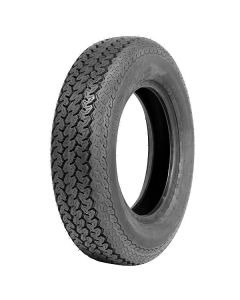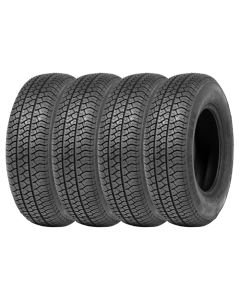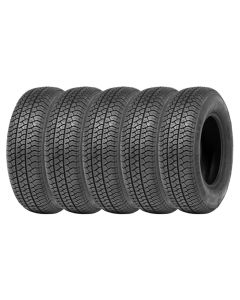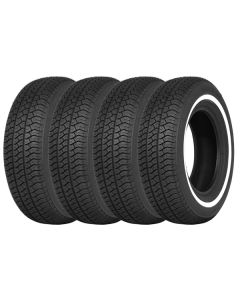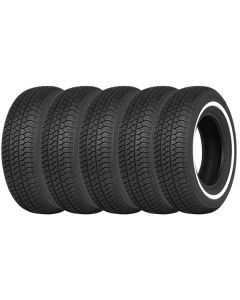Wolseley 6-99 Tyres
Wolseley 6/99 1959–1968
- For a Wolseley 6/99 & 6/110 (Pre-1965) Longstone recommends fitting the 185 HR 14 Michelin MXV-P. We have had many customers with Triumph Stags and 70's Mercedes telling us how their handling was improved when they fitted the 185 HR 14 Michelin MXV-P, making it ideal for your Wolseley.
- For lovers of the whitewall we can now offer the 185 R 14 Michelin MXV Whitewall, allowing for the iconic whitewall look without compromising on tyre quality.
- Innertubes are required for the 6-99s wheels. For these tyres the Michelin 14F is the best sized innertube.
- A Wolseley 6/110 (Post-1965) is best fitted with a set of 7.25 R 13 Michelin X tyres; the 7.25 R 13 Michelin X was the first radial tyre created so is a period perfect tyre for the Wolseley 6/110.
- For these tyres the Michelin 13F is the ideal innertube.
History of the Wolseley 6/99
Built between 1959-1968 the Wolseley 6/99 & Wolseley 6/110 (also known as the Wolseley 300 in Denmark) were the final large cars made by Wolseley, styled by Pinin Farina. The Wolseley 6/99 was introduced shortly after the Austin A99 Westminster and used the same twin SU carburettor engine as found in the Austin-Healey 3000. The Wolseley 6/110 was an updated version arriving in 1961, along with the Austin A110 Westminster and Vanden Plas Princess 3-Litre Mark II.
It featured the same 2.9 L C-Series straight-6 engine with 102 horsepower and dual SU carburettors as the Austin-Healey 3000. The suspension was the standard BMC setup of coil springs and wishbones upfront, a live axle, and semi elliptic leaf springs in the back. At the front, an anti-roll bar was installed. Lockheed 10.75 in disc brakes were installed in front, with 10 in drum brakes in back and vacuum servo assistance.
To differentiate the Wolseley from its Austin stablemate, the inside was decorated in a sumptuous way. The dashboard and door cappings were both made of polished wood. The two front seats and the back bench seat, which included a fold-down centre armrest, were all upholstered in leather. There was an option of single or dual-tone colour schemes. In 1959, Motor magazine tested a 6/99 with overdrive, achieving a maximum speed of 97.6 mph and acceleration from 0 to 60 mph in 14.4 seconds. The "touring" fuel usage was 23.6 mpg. It cost £1254 on the open market, including £369 in taxes.


